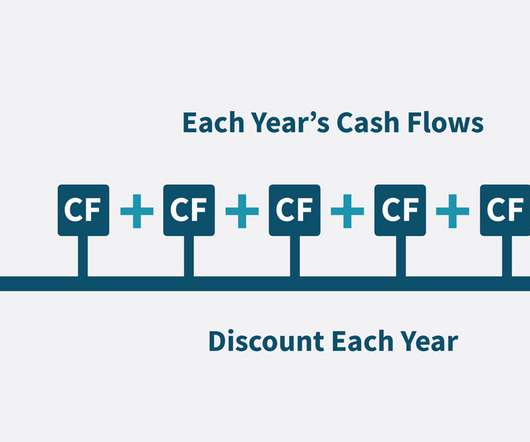Valuation Using Multiples—What Is It and How Does It Work? Core Ideas Explained
Valutico
DECEMBER 15, 2022
Valuation using multiples is one of the three main ways to value a business, sometimes referred to as the ‘market-based approach’ It’s used widely by valuation practitioners, who will take a ratio either from comparable companies, or comparable transactions, to help value their target company.












Let's personalize your content